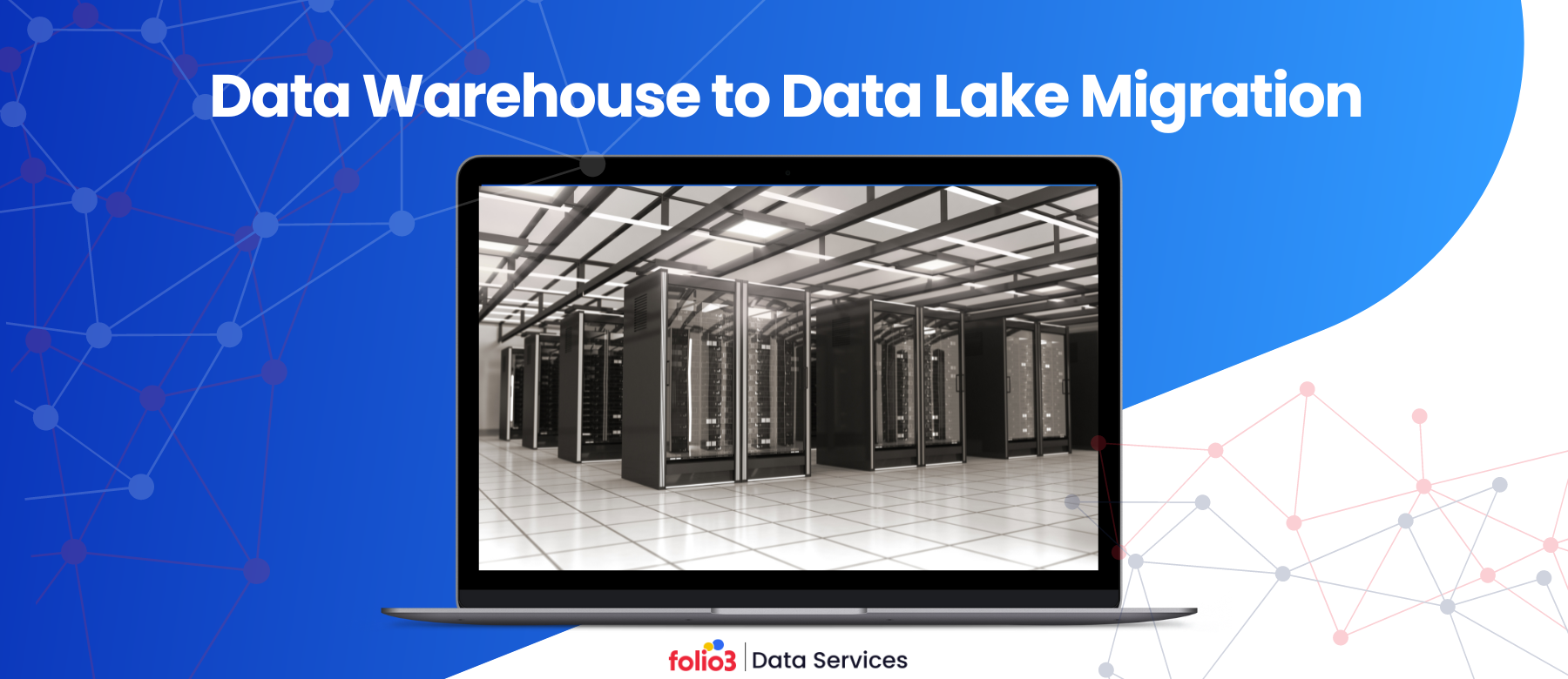Data modeling is an essential step in organizing and structuring data to optimize retrieval, storage, and analysis in data warehousing. How data is modeled directly influences the efficiency and effectiveness of data operations, making the choice of schema crucial.
Two widely used schemas in data warehousing are the Star Schema and the Snowflake Schema. Understanding the differences between these schemas is vital for any organization looking to optimize their data management practices.
This blog aims to compare the Snowflake and Star Schema comprehensively, highlighting their design principles, strengths, and best use cases.
What is a Star Schema?
The Star Schema is one of the most straightforward and widely used data warehouse schema designs. It gets its name from its star-like structure, where a central fact table is connected to multiple dimension tables, each representing different data dimensions.
The Star Schema’s simplicity makes it easy to understand and implement, which is why it is often favored for business intelligence (BI) and online analytical processing (OLAP) systems.
- Fact Table: The central table in the Star Schema is the fact table, which contains quantitative data, such as sales revenue, transaction counts, or other measurable metrics. The fact table is typically large, with a high number of rows, and connected to dimension tables through foreign keys.
- Dimension Tables: Surrounding the fact table are dimension tables containing descriptive attributes or dimensions related to the facts. These dimensions could include time, geography, product, customer, etc. Each dimension table is relatively small and contains a unique primary key to join with the fact table.
Advantages of Star Schema
- Simplicity: The design is straightforward, making it easier for analysts and developers to navigate and understand.
- Optimized for Query Performance: The Star Schema is designed to support quick and efficient queries, particularly for aggregations and summaries.
- Fewer Joins: Since dimension tables are directly connected to the fact table, queries typically require fewer joins, improving query performance.
What is a Snowflake Schema?
The Snowflake Schema is a more complex version of the Star Schema, characterized by its normalized dimension tables. In a Snowflake Schema, dimension tables are further divided into additional tables, creating a structure that resembles a snowflake.
The Snowflake Schema is generally used in scenarios where data normalization is essential, and the benefits of reduced redundancy and improved data integrity justify the complexity of managing multiple tables. This is particularly relevant in Snowflake consulting, where experts leverage the Snowflake Schema to optimize data storage and ensure high data integrity.
- Normalized Dimension Tables: Unlike the denormalized dimension tables in a Star Schema, the Snowflake Schema’s dimension tables are normalized, splitting into multiple related tables. For example, a product dimension might be divided into separate tables for categories, subcategories, and products.
- Complex Structure: This normalization reduces data redundancy and can lead to storage savings but at the cost of increased query complexity.
Advantages of Snowflake Schema
- Storage Efficiency: The Snowflake Schema reduces data redundancy by normalizing dimension tables, leading to more efficient storage.
- Data Integrity: The normalized structure ensures that data is consistent and minimizes the risk of anomalies.
- Scalability: The Snowflake Schema can more effectively handle complex and large datasets, making it suitable for extensive data warehousing needs.
Key Differences Between Snowflake Schema and Star Schema
While the Snowflake and Star Schema are pivotal in data warehousing, they approach data modeling with distinct design philosophies and methods of handling data. The following is an in-depth comparison that highlights their key differences:
1. Design Complexity
- Star Schema: The Star Schema is lauded for its straightforward design, centered around a single fact table directly connecting to several dimension tables. This simplicity makes it easier to visualize and understand and streamlines the initial setup process. Each dimension table is self-contained and typically includes all the necessary attributes for that dimension, reducing the need for complex data relationships.
- Snowflake Schema: In contrast, the Snowflake Schema introduces a higher level of complexity by normalizing its dimension tables. This normalization process splits dimension tables into multiple related tables, creating a more intricate network of relationships. While this can lead to more efficient storage and improved data integrity, it also increases the complexity of the schema, making it harder to understand and manage, especially for those unfamiliar with relational database concepts.
2. Query Performance
- Star Schema: The Star Schema has a clear advantage in query performance due to its simplified structure. The direct connection between the fact and dimension tables reduces the number of joins required during query execution, leading to faster query processing. This is particularly beneficial in scenarios where quick data retrieval is essential, such as in OLAP (Online Analytical Processing) operations.
- Snowflake Schema: The Snowflake Schema’s normalized structure often necessitates multiple joins to retrieve data across related tables. While this design reduces data redundancy, it can also slow down query performance, especially in complex queries that need to traverse several tables. The trade-off between storage efficiency and query speed is critical in environments where query performance is a priority.
3. Storage Efficiency
- Star Schema: Due to its denormalized nature, the Star Schema tends to be less efficient in terms of storage. Dimension tables in a Star Schema often contain repeated or redundant data, which can lead to unnecessary storage consumption. However, this redundancy is a deliberate design choice to simplify the schema and optimize query performance, particularly for read-heavy applications.
- Snowflake Schema: The Snowflake Schema excels in storage efficiency by normalizing dimension tables. This normalization reduces data duplication, leading to more compact storage requirements. Each piece of data is stored only once, with related attributes linked through keys. This design is particularly beneficial in large-scale data warehouses where storage costs and data integrity are significant concerns.
4. Data Redundancy and Normalization
- Star Schema: A hallmark of the Star Schema is its denormalized design, which inherently introduces data redundancy. While this redundancy can increase storage usage, it simplifies the schema and enhances query performance. The ease of querying denormalized tables makes the Star Schema a popular choice for scenarios where simplicity and speed are more critical than storage efficiency.
- Snowflake Schema: Conversely, the Snowflake Schema prioritizes normalization to minimize data redundancy. Decomposing dimension tables into multiple related tables reduces the likelihood of anomalies and ensures that updates and modifications are consistently reflected across the database. This approach enhances data integrity but at the cost of increased schema design and query formulation complexity.
5. Maintenance and Management
- Star Schema: The simplicity of the Star Schema translates into easier maintenance and management. With fewer tables and straightforward relationships, the schema is less prone to errors and requires less effort to update or modify. This ease of maintenance is a significant advantage in dynamic environments where the data model may need frequent adjustments.
- Snowflake Schema: Due to its complexity, managing a Snowflake Schema requires a more substantial investment of time and resources. The normalized structure involves multiple related tables, each of which must be carefully maintained to ensure data consistency and integrity. Changes to the schema, such as adding new attributes or modifying existing ones, can be more challenging and time-consuming.
6. Data Integrity
- Star Schema: Due to its denormalized nature, data integrity in a Star Schema can be more challenging to maintain. The potential for data anomalies, such as inconsistent or duplicate data, increases with the denormalization process. Ensuring that updates are consistently applied across redundant data points requires additional checks and balances, which can complicate maintenance.
- Snowflake Schema: The Snowflake Schema, emphasizing normalization, provides a more robust framework for maintaining data integrity. Eliminating redundancy reduces the risk of anomalies and ensures that changes are propagated uniformly across related tables. This design is particularly advantageous when data accuracy and consistency are paramount.
7. Scalability
- Star Schema: While it is suitable for small to medium-sized data warehouses, its scalability is somewhat limited. As data volume and complexity increase, the denormalized structure can become unwieldy, leading to performance bottlenecks and increased storage requirements. However, for smaller datasets or less complex data models, the Star Schema remains a practical and efficient choice.
- Snowflake Schema: The Snowflake Schema is better equipped to handle the demands of large-scale data warehousing. Its normalized structure allows for more efficient storage and data retrieval, making it more scalable as data volume grows. The Snowflake Schema’s ability to manage complex and extensive data models makes it a preferred choice for large enterprises with significant data processing needs.
8. Implementation Cost
- Star Schema: The Star Schema’s lower complexity generally translates into lower implementation costs. The straightforward design requires less setup and configuration time, reducing initial and ongoing expenses. Additionally, the ease of use and management means fewer specialized skills are needed, further lowering the cost of implementation and maintenance.
- Snowflake Schema: Due to its complexity, implementing a Snowflake Schema can be more costly. Normalization requires careful planning and design, and ongoing management involves more intricate operations. Additionally, the need for more advanced skills to design, implement, and maintain a Snowflake Schema can increase the time and financial investment required.
9. Complexity of ETL Processes
- Star Schema: The ETL (Extract, Transform, Load) processes in a Star Schema are typically simpler and more straightforward. The denormalized structure reduces the need for extensive data transformation, making the ETL processes faster and easier to manage. This simplicity can lead to shorter development cycles and lower maintenance costs.
- Snowflake Schema: With its normalized design, the Snowflake Schema introduces additional complexity to the ETL processes. The need to transform data into a normalized format, manage multiple related tables, and ensure consistency across the schema can complicate ETL operations. While these processes are more complex, they are also more efficient regarding data storage and integrity, which can be beneficial in the long run.
10. Data Retrieval Speed
- Star Schema: The Star Schema is designed for speed. Its direct connections between fact and dimension tables facilitate quick data retrieval. Fewer joins are required, resulting in faster query execution times. This design is particularly advantageous in applications where rapid data access is critical, such as business intelligence and real-time analytics.
- Snowflake Schema: Data retrieval in a Snowflake Schema can be slower due to the need for multiple joins between normalized tables. While the design optimizes storage and data integrity, the increased complexity of the schema can lead to longer query execution times, especially for complex queries that require data from multiple tables.
11. Flexibility for Changes
- Star Schema: The denormalized structure of the Star Schema can limit flexibility when changes are needed. Adding or modifying new attributes may require significant rework, as the changes must be applied consistently across the denormalized tables. This can make the schema-less adaptable to evolving data requirements.
- Snowflake Schema: The Snowflake Schema’s normalized design offers greater flexibility for changes. New attributes can be added to the appropriate normalized table without affecting other schema parts. This modular approach allows for more accessible modifications and updates, making the Snowflake Schema more adaptable to changing business needs and data requirements.
12. Performance in Distributed Systems
- Star Schema: In distributed systems, the performance of a Star Schema can degrade due to the larger size of the denormalized tables. Transferring and processing large tables across distributed nodes can lead to increased latency and reduced efficiency. However, the Star Schema’s simplicity can still offer advantages in certain distributed environments where query speed is a priority.
- Snowflake Schema: Due to its normalized structure, the Snowflake Schema is better suited to distributed systems. The smaller, related tables can be distributed more efficiently across nodes, reducing data transfer times and improving overall system performance. This makes the Snowflake Schema a more scalable option for large, distributed data warehouses.
13. Adaptability to BI Tools
- Star Schema: The Star Schema’s straightforward design makes it highly compatible with most BI (Business Intelligence) tools. Its ease of integration and optimized query performance make it a popular choice for BI applications, enabling quick and efficient data analysis with minimal configuration.
- Snowflake Schema: While it is compatible with BI tools, its more complex structure may require additional configuration and support. BI tools may need to be adapted to handle the normalized tables and more intricate relationships, which can increase the time and effort required to implement BI solutions.
When to Use Snowflake Schema?
Choosing between Snowflake and Star Schema depends on the specific requirements of your data warehousing project. Here are some scenarios where the Snowflake Schema might be more suitable:
- Scalability Requirements: If your data warehouse needs to scale to accommodate large and complex datasets, the Snowflake Schema’s normalized structure offers better scalability.
- Complex Data Models: In cases where the data model is inherently complex and involves many dimensions with intricate relationships, the Snowflake Schema’s normalization can help manage this complexity more effectively.
- Normalization Benefits: When data integrity and storage efficiency are critical, and reducing redundancy is a priority, the Snowflake Schema’s normalized approach is advantageous.
When to Use Star Schema?
The Star Schema is ideal for simpler, more straightforward data warehousing projects. Consider using the Star Schema in the following scenarios:
- Simplicity Needs: If ease of understanding and simplicity in design are priorities, the Star Schema’s straightforward structure is ideal.
- Performance Optimization: For projects where query performance is critical, the Star Schema’s fewer joins and optimized design can deliver faster results.
- OLAP-focused Workloads: The Star Schema is particularly well-suited for OLAP systems, which focus on aggregating large volumes of data for analysis.
Snowflake vs. Star Schema in Modern Data Warehousing
As data warehousing continues to evolve, the choice between Snowflake and Star Schema also evolves. Here’s how these schemas fare in the context of modern data warehousing:
Impact of Cloud-Based Data Warehousing
The rise of cloud-based data warehousing has influenced how schemas are used. Cloud platforms offer scalable storage and compute resources, making managing both Star and Snowflake Schemas easier. However, the flexibility and efficiency of the Snowflake Schema make it particularly well-suited for cloud environments.
Evolving Best Practices
Data warehousing best practices are shifting towards more complex and normalized structures, driven by the need for greater data integrity and scalability. The Snowflake Schema aligns well with these evolving best practices.
Performance Optimization
While the Star Schema remains famous for its simplicity and performance, advancements in database technology and query optimization techniques have narrowed the performance gap between Star and Snowflake Schemas, especially in distributed and cloud-based environments.
FAQs
Is a star schema normalized or denormalized?
A star schema is denormalized, meaning its dimension tables are not normalized. This leads to potential data redundancy but simpler and faster queries.
Is a snowflake schema normalized or denormalized?
A snowflake schema is normalized, with dimension tables split into related tables. This reduces redundancy and improves data integrity, though at the cost of query complexity.
Final Words
Choosing between the Snowflake Schema and Star Schema depends on your specific data warehousing needs. While the Star Schema offers simplicity and speed, the Snowflake Schema provides scalability and data integrity. Partnering with Folio3 Data services, you can understand the strengths and weaknesses of each schema, which will help you make the right choice for your project, ensuring optimal performance and data management efficiency.





